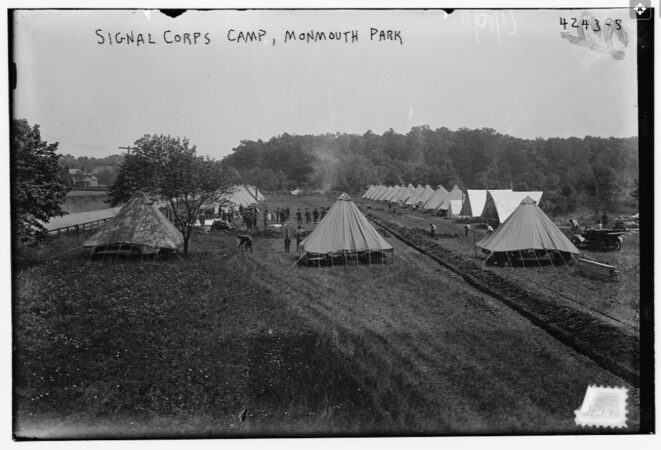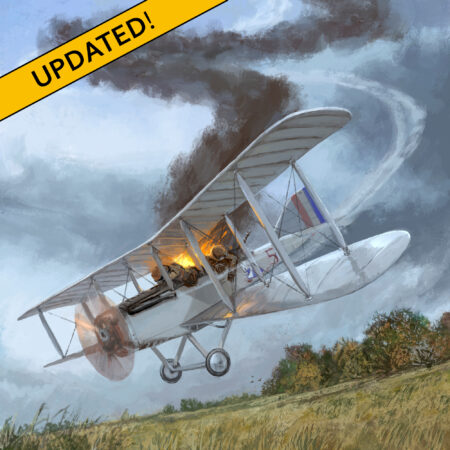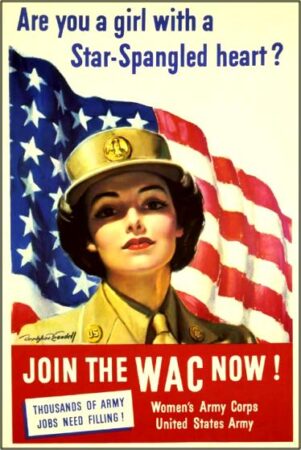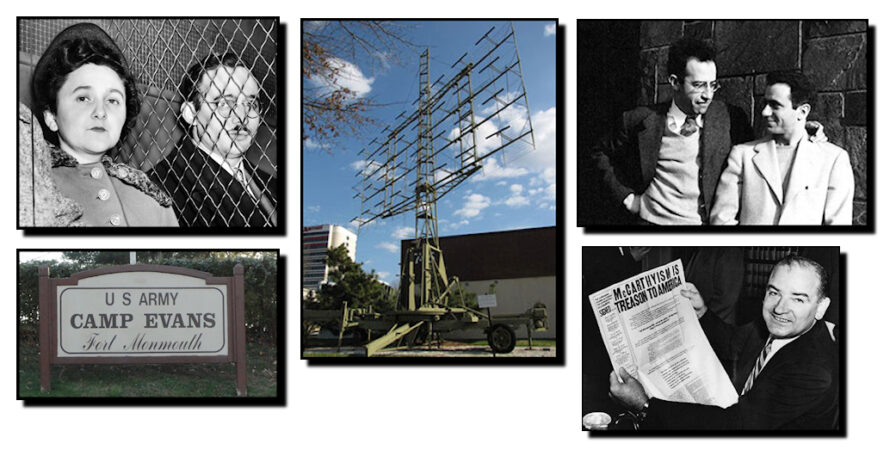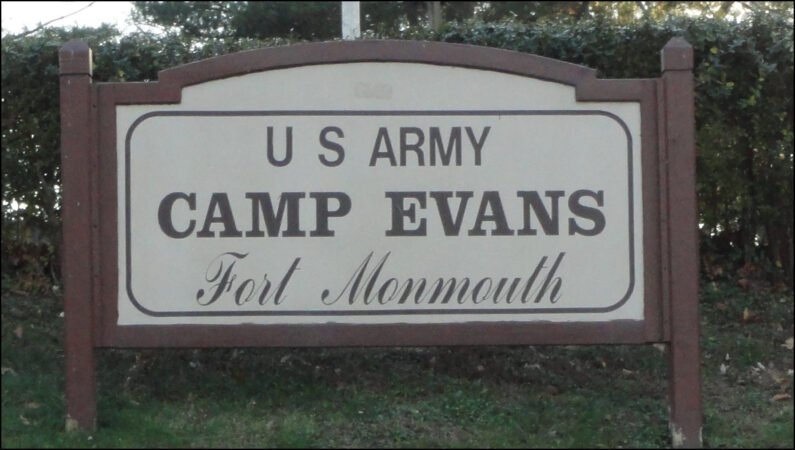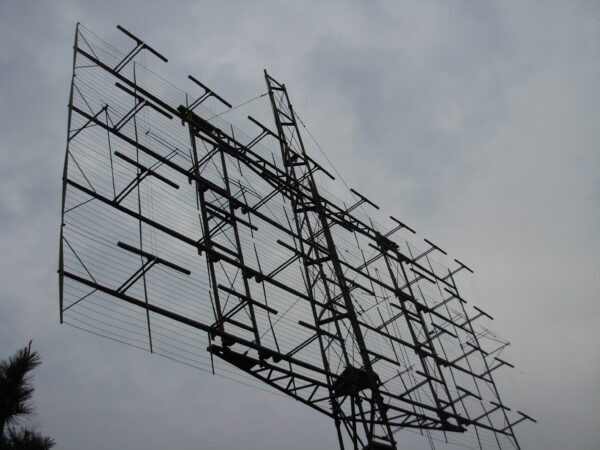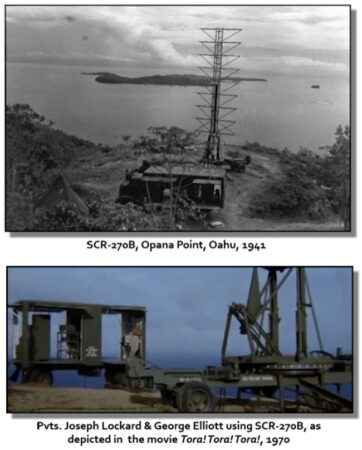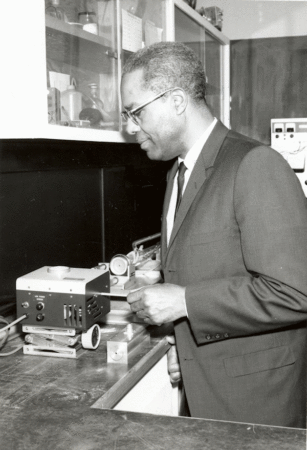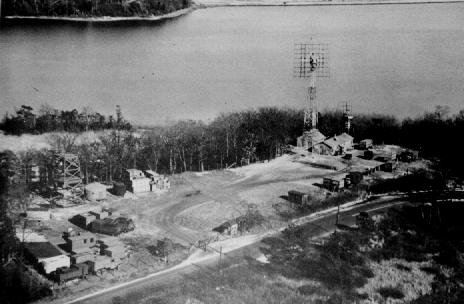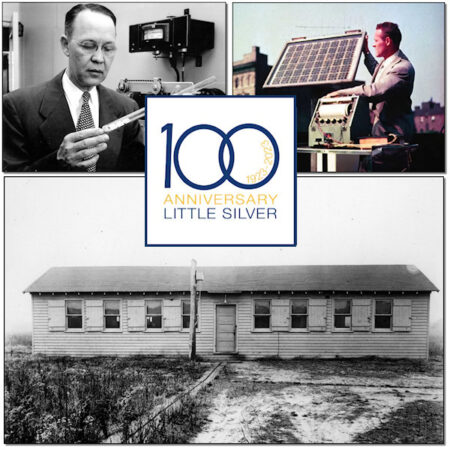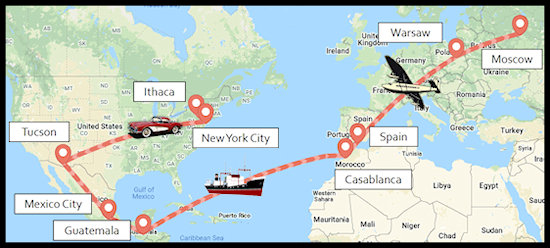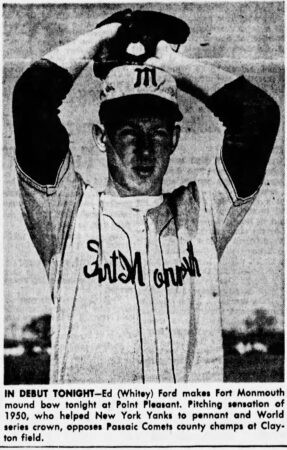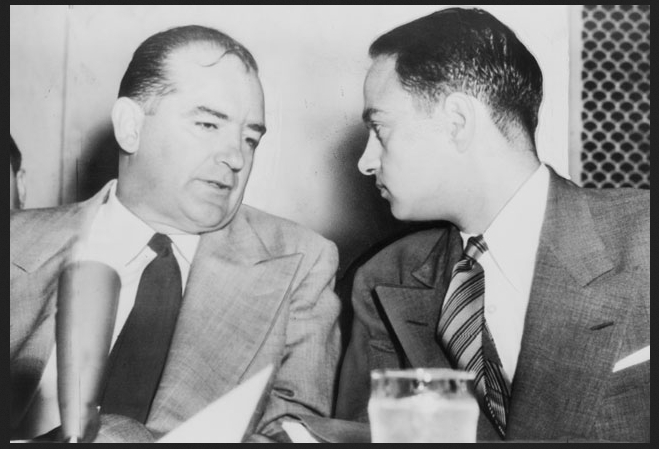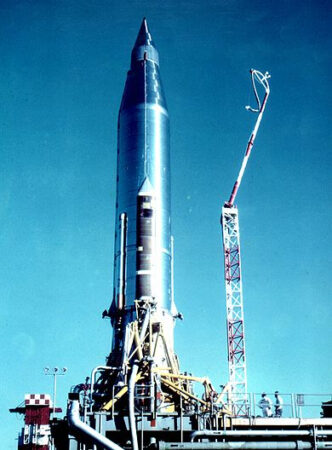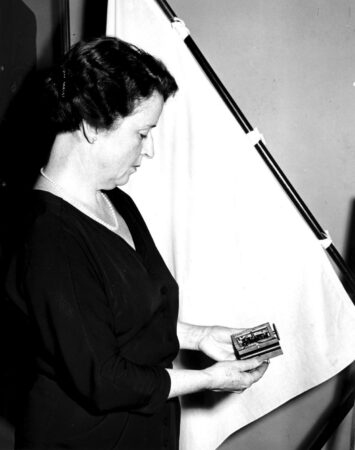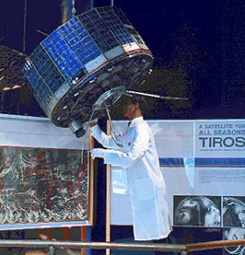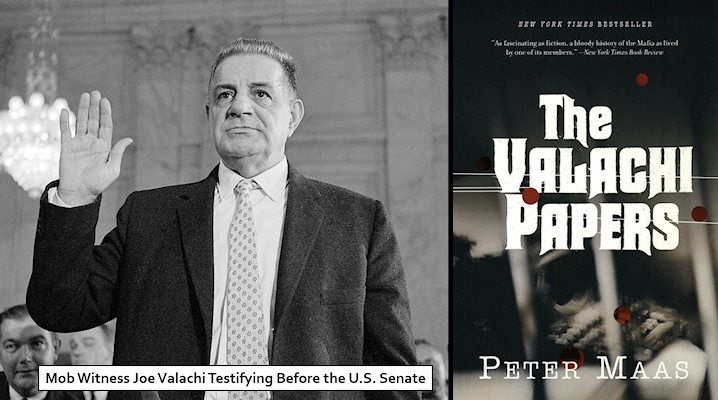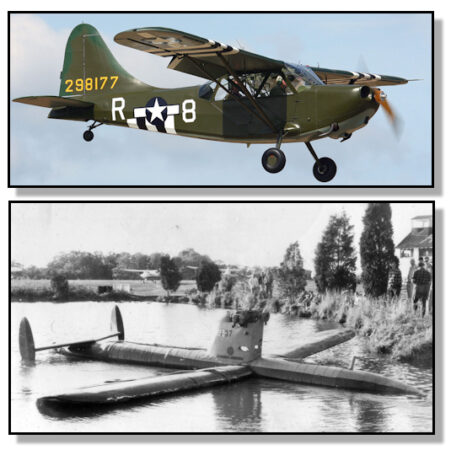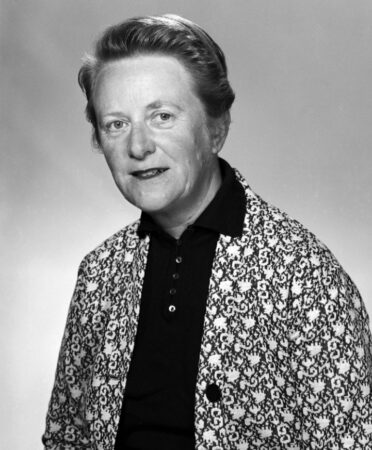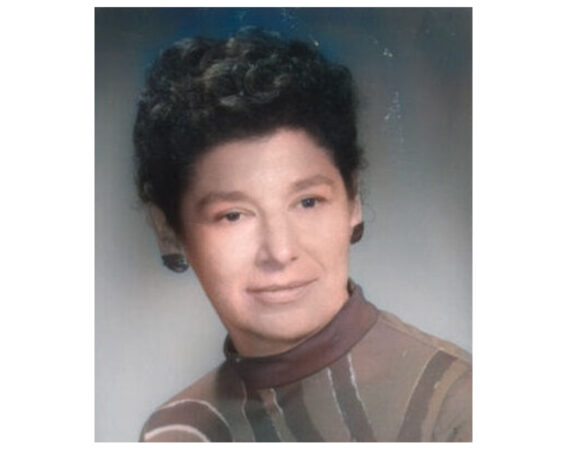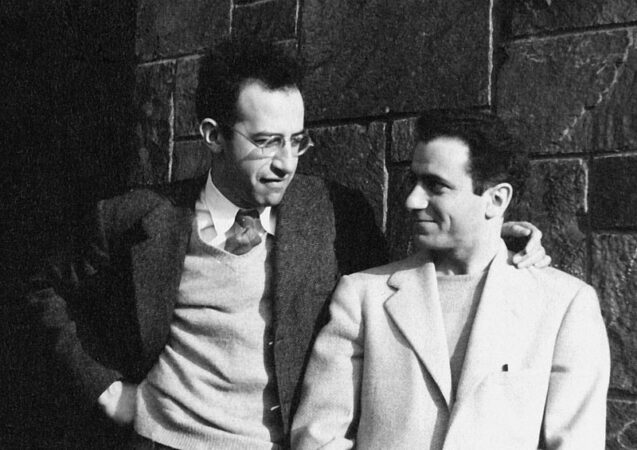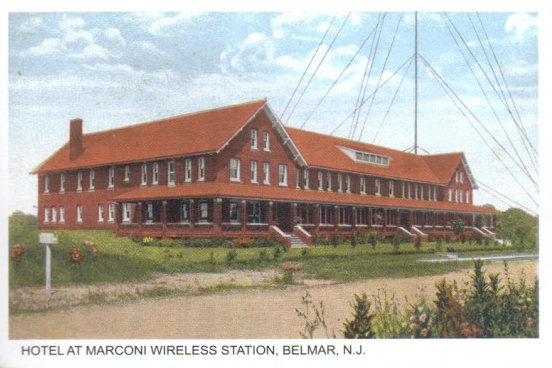Ft. Monmouth
June 3, 1917
U.S. Army Signal Corps Arrives In Little Silver To Begin Construction Of Fort Monmouth
On June 3, 1917, 32 soldiers of the U.S. Army Signal Corps first arrived at the site of what would become Fort Monmouth in two Model T Ford trucks. Originally named Camp Little Silver due to its location, they built...
October 17, 1918
The Silver Star: William D. Frayne of Sea Bright
By John R. Barrows Editor’s note: Most of what we present here about hero pilot Bill Frayne’s wartime exploits is owed to Steve Ruffin and his exhaustive work with original source records as published in Over the Front, the...
May 22, 1919
Gender Integration of the Army Advanced at Fort Monmouth
Editor’s note: On May 22, 1919, U.S. Army Lieutenant General Hunter Liggett presented the Distinguished Service Medal to Grace D. Banker of Passaic, N.J., at U.S. Army Headquarters in Coblenz, Germany, during World War I. Her citation read, in part,...
June 22, 1938
The Soviet Spies of Fort Monmouth
Editor’s note: The story of Julius Rosenberg and the theft of the Manhattan Project atomic bomb secrets is one of the most chronicled events in American history. Most of that coverage is focused on Rosenberg and his wife, Ethel, and...
May 27, 1941
Fort Monmouth in World War II
On May 27, 1941, U.S. President Franklin Delano Roosevelt declared a state of unlimited national emergency in response to Nazi Germany’s threats of military aggression. The soldiers and civilians of the U.S. Signal Corps at Fort Monmouth had been very busy...
November 20, 1941
The Defining Technology of World War II is RADAR
On Thursday, November 20, 1941, Thanksgiving Day, a new mobile electronic detection system was set up at Opana Point on Oahu, Hawai'i. Just days later, on December 7, 1941, Japan launched a surprise attack on Pearl Harbor, triggering the entry...
December 7, 1941
The Curious Story of the Two Men Who Detected the Japanese Attack on Pearl Harbor and Their Connection to Monmouth County
Editor’s note: This article was first published in 2020; it has been updated as of December 2, 2022, and on December 16, 2024, adding information provided by George McDonald, son of Private Joseph McDonald, switchboard operator at the Opana Point...
September 2, 1945
Dr. Walter McAfee: Camp Evans Mathematician, Scholar, and Scientist
Editor’s note: On September 2, 1945, documents were signed finalizing the surrender of the Empire of Japan to the United States and Allied Forces, ending World War II. Within days, with victory assured, scientists at leading research centers such as...
January 10, 1946
Project Diana: The Beginning of the Space Age
Editor’s note: The following article and images are reprinted with permission from the InfoAge Science & History Museums website at InfoAge.org. The InfoAge complex houses a surprising array of museums and exhibits on a variety of subjects, but it is...
June 25, 1946
Russell S. Ohl, Inventor of the Silicon Solar Cell
On June 25, 1946, the U.S. patent office approved an application from Bell Labs for a silicon solar cell invented by Russell S. Ohl, which became U.S. Patent No. US2,402,662A, “Light sensitive device.” It was one of more than 130...
July 26, 1950
1945 Marks the End of the Soviet Spy Ring at Fort Monmouth – or Does It?
On November 11, 1944, encrypted communications from Soviet intelligence intercepted by the FBI indicated that Alfred Sarant, a civilian engineer working at U.S. defense contractors, had been recruited as a spy; the message also set forth procedures for the transmission...
November 29, 1950
Hall of Fame Pitcher Whitey Ford of the U.S. Signal Corps (and others…)
By Mark A. Wallinger On November 29, 1950, Edward Charles “Whitey” Ford, fresh off a World Series victory with the New York Yankees, was drafted into the army during the Korean War, and assigned to the U.S. Signal Corps at...
October 20, 1953
Tail Gunner Joe Sets His Sights on Fort Monmouth and the Signal Corps
On October 20, 1953, U.S. Senator Joseph McCarthy of Wisconsin, along with his chief aide Roy Cohn, arrived at the entry to Camp Evans, the ancillary base in Wall that was part of the World War II expansion of Fort...
December 18, 1958
SCORE, The World’s First “Talking” Satellite
On December 18, 1958, the world's first "talking" satellite was successfully launched, a product of the U.S. Army Signal Corps Laboratories at Fort Monmouth in conjunction with the then-new Advanced Research Projects Agency. Called "SCORE," which stands for “Signal Communications...
February 5, 1959
Helen C. Phillips: Preserving the History of the U.S. Army Signal Corps and Fort Monmouth
Editor’s Note: On February 5, 1959, a story in the Asbury Park Press related how sharp-eyed staff working for Helen C. Phillips at the U.S. Army Signal Corps Museum prevented some priceless historical artifacts from being sold at the thrift...
April 1, 1960
TIROS-1: The World’s First Weather Satellite
On April 1, 1960, the TIROS-1 satellite sent the first televised weather photographs of the Earth’s cloud cover and weather patterns to the giant 60-foot “Space Sentry” antenna at Fort Monmouth. The Television Infrared Observation Satellite Program (TIROS) was a...
February 5, 1963
From the Fort Monmouth Stockade, Genovese Henchman Joe Valachi Breaks the Mafia’s Code of Silence
If we let him out on the street, he'd be dead in a half an hour. Unnamed federal agent, on the need to protect star mob witness Joe Valachi Vito Genovese was among the most feared mobsters in the history...
June 9, 1964
Shrewsbury Had Flying Jeeps but Asbury Park Had a Flying Submarine
This is a story about small airfields of Monmouth County that are now long gone. During World War II, residents of Monmouth County became accustomed to seeing a number of small aircraft, midget planes known affectionately as "Flying Jeeps" passing...
June 8, 1968
Dr. Emily M. Frisby, Fort Monmouth Climatologist: “Weather can be made to work for the world, if it is interpreted properly.”
By Melissa Ziobro Editor’s note: On June 8, 1968, the U.S. Army began a two-day conference on tropical meteorology at the Marine Sciences Center in Coral Gables, Fla. Noteworthy among the moderators and presenters was Dr. Emily M. Frisby (pictured...
November 14, 1973
Marilyn Levy, A Genius Photo-Chemist at Fort Monmouth
By John R. Barrows On November 14, 1973, the U.S. Army Electronics Command (ECOM) presented the Army Research and Development Achievement Award to three civilian Fort Monmouth employees: Dr. Pete H. Hudson Jr., of Freehold; Louis J. Jasper Jr., from...
March 12, 1979
The Legacy of the Soviet Spies at Fort Monmouth
During World War II and briefly after, Julius Rosenberg, Joel Barr and Alfred Sarant stole military secrets of the U.S. Signal Corps on behalf of the USSR. But by 1956, Rosenberg was dead, executed along with his wife Ethel for...

